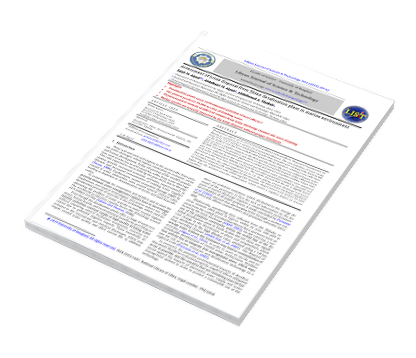Assessment of brine disposal from Zliten desalination plant in marine environment
DOI:
https://doi.org/10.37376/ljst.v10i1.2148Keywords:
Desalination Plant, Environmental impacts, PH, Seawater, Salinity.Abstract
Desalination plants cause environmental pollution of local effects. Disposal of desalination effluents is considered as a serious environmental dilemma. The concentration of brine varies from 50 to 75 g/L and has a much higher density than seawater and consequently tends to fall on the seafloor near the brine outfall outlet (plume effect), therefore, creating a very salty layer that can have a negative impacts on the flora and the marine life and any related human activities. In this work, we present a case study on the environmental impacts of the effluents from the MSF seawater desalination plant into a coastal and marine ecosystem of Zliten-Libya. Samples were collected from the reject channel and therefore many parameters were measured such as PH, Temperature, Salinity, Conductivity and other parameters related to seawater and produced water have been investigated too. The results showed that the pH is slightly lower than the seawater; the values range from 6.1 to 7.8. The salinity of brine discharge was found 57113 ppm compared with 35000 ppm for the seawater. The TDS of brine discharge registered 56700mg/l in comparison with 32000 mg/l for seawater, Reject brines were around 10-14°C higher than the ambient seawater temperature, which causes a negative impact on marine ecosystems.
Downloads










 LJST Copy rights form
LJST Copy rights form


